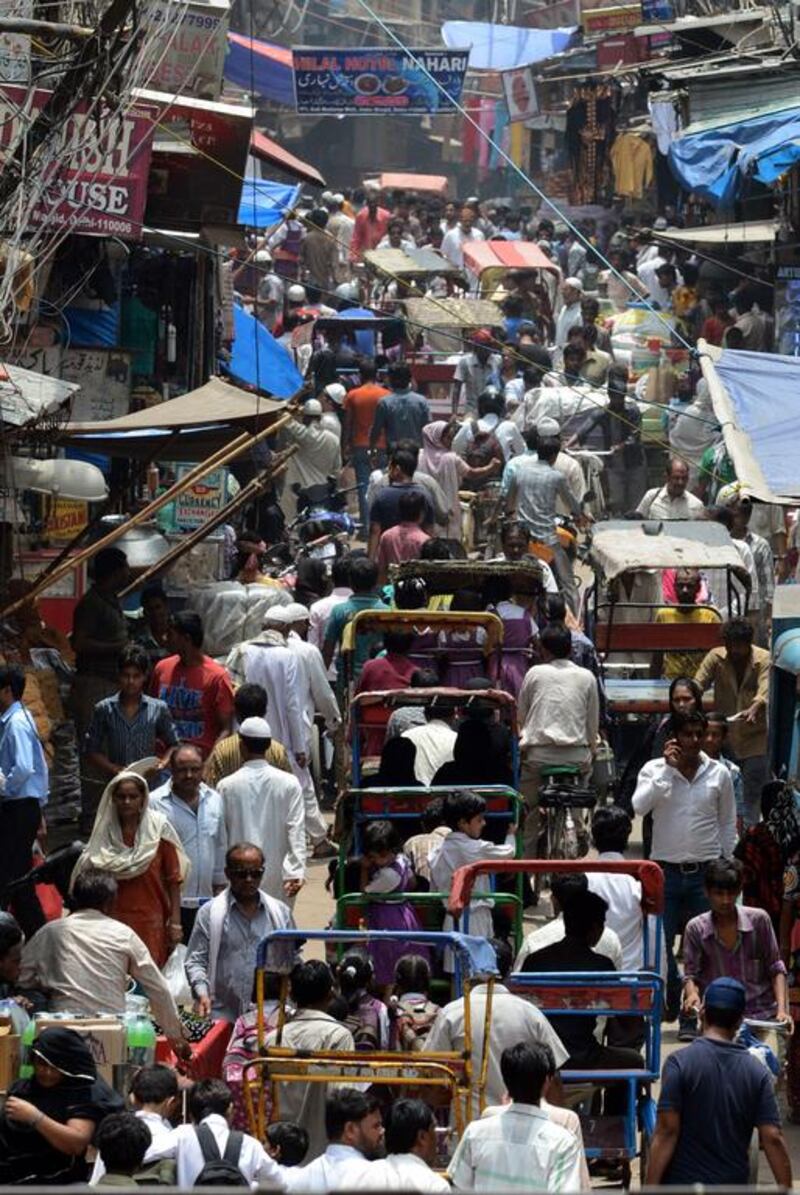‘We try to forget our personal and financial problems in the pursuit of social activities,” Ramakant Poddar told me when I asked him about his family. He visited me in 1966 to brief me about his goal to set up a One World Government. It would be based in the United Kingdom or the United States and would deal with all the problems of nations on a global basis. His goal was altruistic, but I wondered whether it was practical.
As he was leaving I asked him about his family. It was then that he told me he had a family of 11 children although his monthly income was about 1,500 rupees. “We do manage somehow. Clothes, toys, books of the older children get passed down to the younger children. The older children assist my wife in managing the household chores and also look after their younger siblings,” he said.
Back in the 1920s and 1930s, having a large family was the accepted norm in our town in Tandalianwala in East Punjab (now in Pakistan). Our family owned ample land in the prosperous Punjab state and my father was also engaged in the agricultural commodity trade. So a large family was welcome as it brought more people to build the business.
My father had four sons and six daughters. Then came partition in 1947, when we had to flee to India with just our lives. We had to start from scratch. The protective financial umbrella was rent asunder. So we resorted to having smaller families to provide for a better quality of education for the children.
Yi Fuxian, an independent Chinese demographer, has said that India may already have overtaken China as the world’s most populous country. Mr Yi estimates that China’s population was 1.29 billion last year. India’s population is estimated at 1.33bn. India’s population was formerly expected to overtake China’s by 2022, according to a UN report.
The cold fact is that while India’s economy is growing at the fastest pace and the stock market is booming, about 20 per cent of the population lives below the poverty line. About 30 to 40 per cent people in cities such as Mumbai, Delhi and Kolkata live in slums.
During the emergency in 1975-1976, Sanjay Gandhi, the son of then prime minister Indira Gandhi, enthusiastically espoused family planning. He used state power to force sterilisations and vasectomies. While the goal was laudable, the administration of the programme was messy. Government officials were given targets for vasectomies by towns and districts. This had a profoundly negative impact and contributed substantially to Indira Gandhi's election defeat in 1976.
As a result of the backlash, no political party advocated family planning after that. That's why India is poised to become the most populous nation in the world (if not already).
The average size of an Indian family in urban areas is 5.1 and in rural areas it is 5.4. In urban areas, 20.8 per cent of family homes have more than seven members, compared to 26.4 per cent in rural areas. Thus the message of the family planning programme – “We are two and have two children” – needs to be propagated across towns and villages.
It is estimated that a middle class family needs to spend nearly 10 million rupees (Dh570,000), for a child from the time of birth until they can support themselves. Admissions to premium engineering and medical colleges are becoming more competitive. Therefore, couples need to plan the number of children they can afford. Controlling India’s population is critical in ensuring its long-term economic growth.
In managing the size of a family or the population of a country, I am reminded of a Punjabi idiom my father often told us: “A person must spread out his legs on the cot according to the length of the blanket he owns”. India should ensure that it plans its population according to its available resources of food, land, urban infrastructure and universities.
Hari Chand Aneja is a 96-year-old former corporate executive who now keeps busy with charity work





